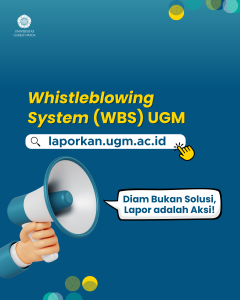On Thursday, 26 September 2024, third-semester undergraduate dental students participated in practicum focused on the application of rubber dam techniques at the Phantom Lab, DLC Building, 2nd Floor. This hands-on training is part of their curriculum, aimed at enhancing their skills in dental procedures, particularly in isolating teeth during treatment.
The primary goal of this practical session was to train students in the correct application of rubber dams on dental models before applying the technique to actual patients. Understanding proper techniques is essential to ensuring effective dental treatment while minimizing patient discomfort.
During the session, students were provided with materials such as rubber dam sheets, clamps, frames, forceps, punch dams, and dental floss. Each tool plays a crucial role in the application of rubber dams, which are used to isolate the treated tooth from the rest of the oral cavity.
The use of rubber dams is highly significant in dental practice as it helps keep the work area dry, prevents contamination, and enhances visibility for the dentist. By isolating the tooth, the rubber dam enables more precise and effective treatment, which is critical for achieving optimal patient outcomes.
As part of the training, students practiced the step-by-step application of rubber dams on dental models. This hands-on experience is designed to build their confidence and competence, ensuring they are well-prepared for future clinical encounters.
Beyond technical skills, this practical session also emphasized the importance of patient safety and comfort. Students were taught to communicate effectively with patients, explaining procedures and their benefits—an essential aspect of providing quality dental care.
Integrating such practical sessions into the dental curriculum aligns with the Sustainable Development Goals (SDGs), particularly Goal 4: Quality Education. By equipping students with hands-on experience, educational institutions are fostering a new generation of skilled dental professionals.
At the end of the session, students expressed enthusiasm and appreciation for the opportunity to learn in a practical setting. They acknowledged that this experience significantly enhanced their understanding of rubber dam application and its importance in dental treatment.
Rubber dam training serves not only as a vital educational tool but also contributes to the broader goal of improving dental care practices. Ensuring that future dentists are well-trained in essential techniques is a step toward better oral health for all.
Contributor: Sri Pujiatun | Author: Al Haqi Insan Pratama



